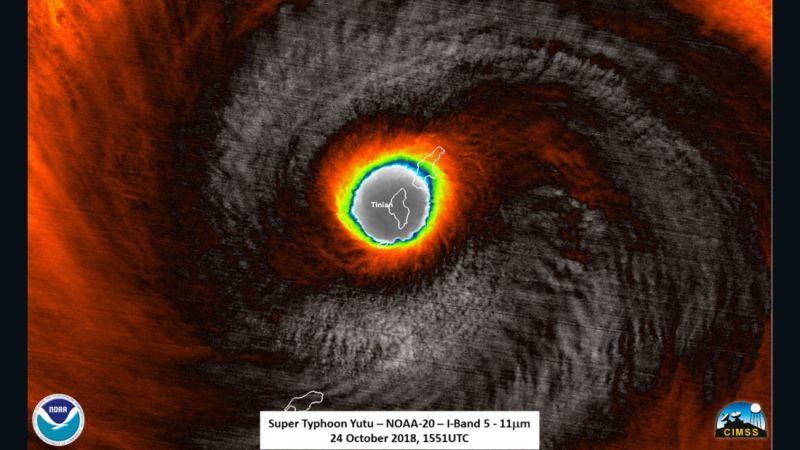Tropical cyclones present a significant hazard to human health and communities. Although there is a large amount of research characterizing these storms, predicting their rapid intensification is still greatly uncertain. A new study, published in Atmospheres, used a Weather Research and Forecasting (WRF) model to investigate thermodynamic causes of rapid intensification. Researchers from Chinese and American institutions, including CPO’s Climate Variability & Predictability (CVP) Program-funded scientist Tim Li (University of Hawaii at Manoa), used 2007 Super Typhoon Yutu, which impacted the Northern Mariana Islands and the Philippines, as a case study to learn more about rapid intensification by characterizing the cyclone’s inner core. Results from the study shows that both moist static energy and secondary circulation strength are well coordinated to the typhoon’s rapid intensification. Both of these factors are primarily influenced by warming temperatures at Earth’s surface as well as within the storm itself. These results improve the characterization of tropical cyclone rapid intensification, which will be imperative to protect communities in tropical regions.
This research was in part supported by the Climate Program Office’s Climate Variability & Predictability (CVP) Program and contributes to a growing body of work to enhance our process-level understanding of the climate system through observation, modeling, and analysis.
Read the full article.











